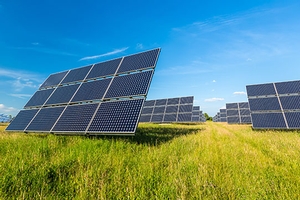Environment
Deep Decarbonization Pathways for the U.S. Economy

At a recent event held at the AU School of Public Affairs, Senior Fellow in the World Resources Institute Karl Hausker, SPA Scholar in Residence Karen Baehler, and SPA Adjunct Professorial Lecturer Paul Bledsoe discussed how U.S. businesses and citizens can invest in reducing carbon emissions.
Hausker, who cited two reports during his talk — “Risky Business” and “United States Mid-Century Strategy for Deep Decarbonization” — said that energy is a primary challenge worldwide, and suggested three primary ways to reduce greenhouse gasses: First, he said that switching current energy sources to electrical sources such as electric cars and electric heating is one way the U.S. can make a significant impact. Moving away from electricity produced by coal is the second. Third, Hausker suggested that the U.S. increase energy efficiency as much as possible as a third way to reduce greenhouse gases.
“We know how to do all of this with existing technologies,” said Hausker. “The costs are absorbable for a country — like the U.S. — with an $18 trillion economy.”
Hausker pointed out that investments already account for $3 trillion of the U.S. economy. Even a relatively small increase of $200 billion would cover the investments needed to strengthen the renewable energy sector and the potential to yield greater savings in the future.
“The levels of uncertainty around climate change are extremely high, and the associated risks are extremely high,” said Bledsoe. “Given the relative costs, these decarbonization programs resemble really good insurance programs.”
Baehler noted that for opponents of growing the renewable energy sector, the question of jobs looms large. But she countered that there are many opportunities for creating jobs in clean energy.
“Between 2002 and 2015, 50 percent of the energy capacity California added was in solar and other renewable energy technologies,” said Baehler. “This generated 85 percent of new jobs in the state. These were high quality, unionized jobs with higher wages, pension contributions, and health coverage.”
